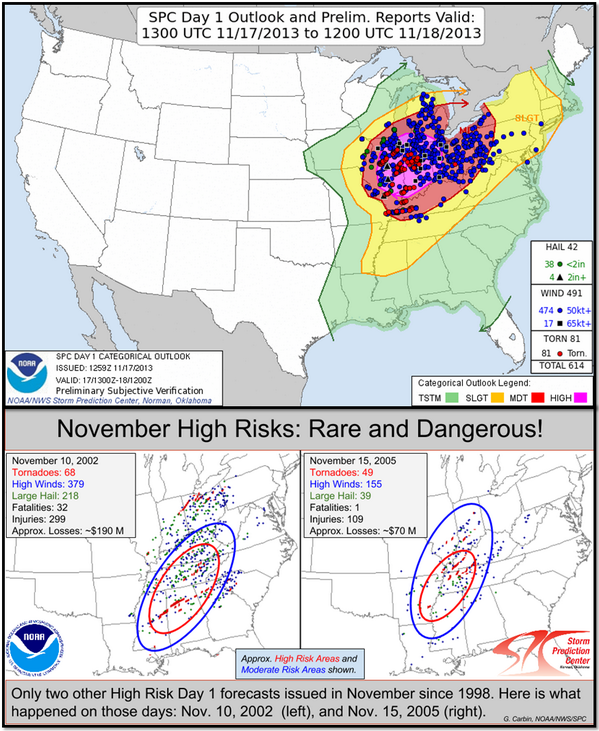In the wake of the devastating Super Typhoon Haiyan, international help trickled into the central Philippines Monday, with promises of more help on the way soon. But in the city of Tacloban, desperate survivors seeking to flee the typhoon one were made to wait another day.
Thousands of typhoon survivors swarmed the Tacloban airport on Tuesday seeking a flight out, but only a few hundred made it, leaving behind a shattered, rain-lashed city short of food and water and littered with countless bodies.
Four days after the typhoon struck, only a trickle of assistance has made it to affected communities along the eastern seaboard, which bore the brunt of Typhoon Haiyan. Authorities estimate it killed 10,000 or more. Millions are without shelter or food.
Tacloban, a city of about 400,000 people on Leyte island, is among the hardest hit.
Two Philippine Air Force C-130s arrived at its destroyed airport just after dawn, along with several commercial and private flights.
The planes were greeted by scenes of chaos as more than 3,000 people who camped out at the building surged onto the tarmac past a broken iron fence to get on the aircraft. Just a dozen soldiers and several police held them back.
Mothers raised their babies high above their heads in the rain, in hopes of being prioritized. One lady in her thirties lay on a stretcher, shaking uncontrollably. Only a small number managed to board.
"I was pleading with the soldiers. I was kneeling and begging because I have diabetes," said Helen Cordial, whose house was destroyed in the storm. "Do they want me to die in this airport? They are stone hearted."
Most residents spent Monday night under pouring rain wherever they could - in the ruins of destroyed houses, in the open along roadsides and shredded trees. Some slept under tents brought in by the government or relief groups.
Local doctors said they were desperate for medicines. Beside the ruined airport tower, at a small makeshift clinic with shattered windows an, army and air force medics said they had treated around 1,000 people since the typhoon for cuts, bruises, lacerations, deep wounds.
"It's overwhelming," said Air force Capt. Antonio Tamayo. "We need more medicine. We cannot give anti-tetanus vaccine shots because we have none."
International aid groups and militaries are rushing assistance to the region, but little has arrived yet.
The United States has ordered the USS George Washington aircraft carrier to the sail to the Philippines to provide assistance. The aircraft carrier, which carries 5,000 sailors and more than 80 aircraft, was in Hong Kong for a port visit. It is expected to reach the Philippines in about two days. Earlier Monday, the U.S. government announced it was sending
$20 million in humanitarian assistance, including emergency medicine and food.
The Red Cross said its 1,400 evacuation centers in the region were housing 330,000 people who had nowhere else to go after the storm.
 ker.
ker.

